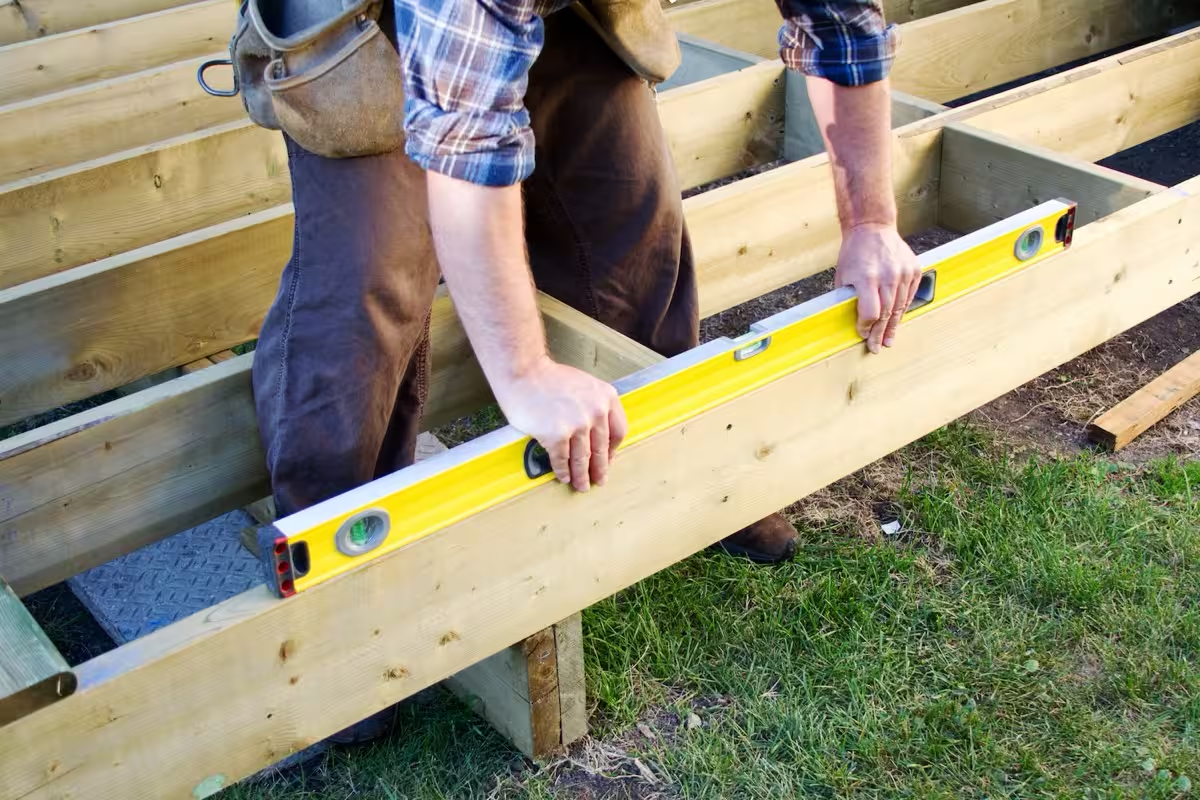Australia’s builders are facing unprecedented delays before they even break ground, and it’s eating into their time, income, and cash flow.
The average build time for a detached home in Australia has blown out from 8.5 months to 12.7 months over the past decade, a 50% increase, while material costs have soared 53% in the same period, according to the Institute of Public Affairs.
And that’s before you factor in the months-long delays many tradies now face just waiting for council sign-off. In NSW, the average assessment time for higher-density projects is now 173 days, with some councils taking more than 250 days to approve applications.
With jobs on hold and timelines slipping out of their control, many builders are looking for ways to stay productive, and profitable, during the wait. Job management platform NextMinute is urging tradies not to let downtime go to waste, offering practical ways to use the pause to prepare, upskill and improve cash flow.
Alex Jenks, CEO of NextMinute, says: “Council delays are out of your control, but your productivity doesn’t have to be".
“Builders are already contending with 18-month build times in states like WA and skyrocketing costs. The most resilient teams are the ones who treat downtime as preparation time, getting admin sorted, team ready, and schedules locked in so they’re ready to move the moment the green light hits.”
NextMinute discuss seven ways builders and tradies can stay productive, and even profitable, while stuck in approval limbo:
1. Plan the next pipeline of jobs
If one job’s delayed, don’t let it halt the whole pipeline. Quote on upcoming projects, follow up leads, and update your job calendar so the next phase of work is already taking shape. With over 34,000 dwellings currently approved but not yet commenced nationwide, strategic scheduling matters more than ever.
2. Pre-plan subcontractors and suppliers
Use the wait time to confirm availability with key trades and suppliers. With labour still in short supply and costs rising, builders who line up their subcontractors early are in a much better position to start smoothly once approval lands.
3. Prepare digital job files in advance
Having job packs, including architectural drawings, schedules, material orders and safety documents, ready in the cloud means you can mobilise fast when permits arrive. Platforms like NextMinute let builders upload everything in one place and collaborate with teams in real-time.
4. Offer maintenance or minor works to existing clients
Stay profitable by offering smaller jobs to past clients, think fence repairs, retaining walls, painting or non-structural renovations. Not only does this keep cash flow moving, it strengthens client relationships and may lead to more word-of-mouth work.
5. Audit tools and equipment
Use this time to review and service gear, check expiry dates on safety equipment, and reorder anything running low. It’s also a chance to digitise asset tracking or update software subscriptions that improve productivity long-term.
6. Get ahead on admin
Use downtime to clear the paperwork backlog: quotes, invoicing, insurances, compliance documents and timesheets. Builders using digital job management tools like NextMinute can streamline this in one place, ensuring no detail is missed when projects do resume.













